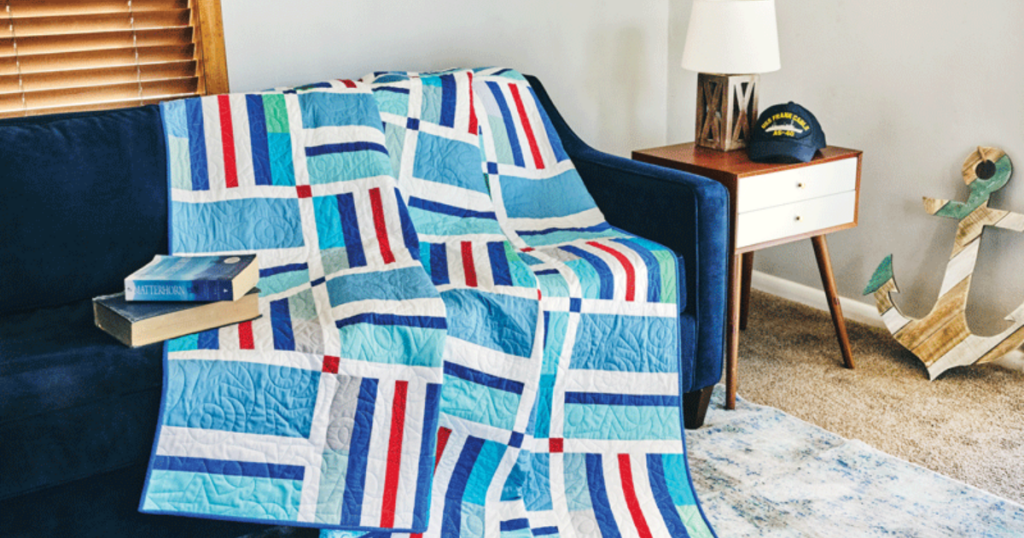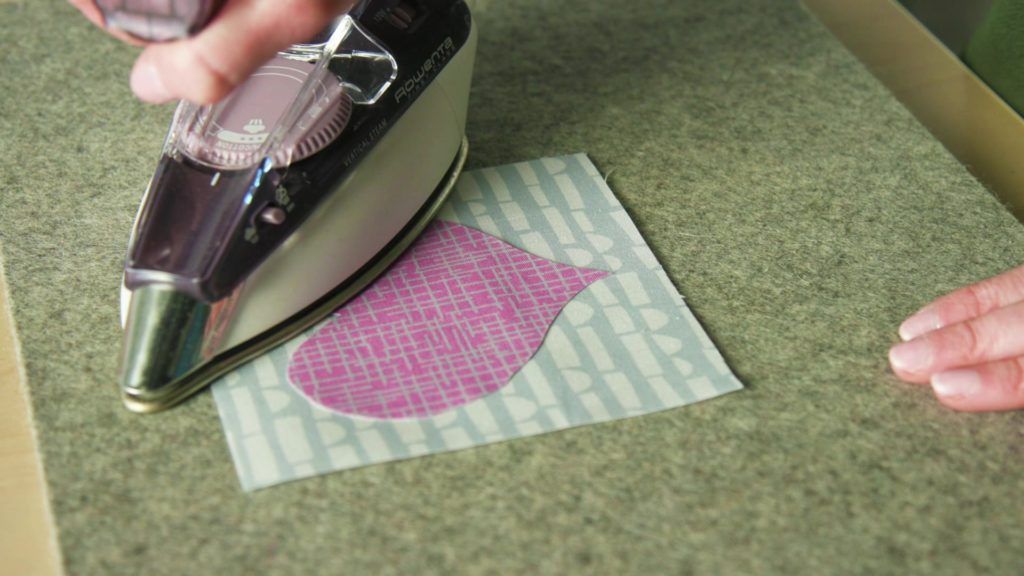Learn to Quilt: Top 10 Beginner Tips from Quick+Easy Quilts

When you decide to learn to quilt, you may be intimidated at first. But never fear — Quilting Daily is here! We worked with Quick + Easy Quilts magazine to pull together our top 10 tips so everything you need is in one spot. With our team on your side, you’ll be creating beautiful designs in no time.

Remember: quilting is an incredibly rewarding experience but it takes time to master the skills and techniques. Don’t be discouraged if your first attempts don’t turn out quite right. Use it as an opportunity to learn from your mistakes, experiment with different fabric combinations, and have fun!
Our Top 10 Tips That Will Help You Learn to Quilt
Tip 1: Use an accurate ¼” seam — find it on your sewing machine or presser foot.
Tip 2: Read your sewing machine manual and learn to thread your machine.
Tip 3: Raise the presser foot up when threading the machine — this opens the thread tension disks so it threads properly!

Tip 4: Set your sewing machine to a 2.5mm stitch length. This works for most machines — close enough to be strong, but far enough apart to pull out easily with a seam ripper.
Tip 5: If your machine has speed control, slow it down until you feel more confident. This isn’t a race.
Tip 6: Press to the dark — most of the time! Refer to diagrams for which way the seams should go. The direction helps the seams nest together and lay flat.

Tip 7: Use pins to line up seams.
Tip 8: So what is Finished Size vs Unfinished Size? The Finished Size refers to the block after it has been sewn into the quilt. Unfinished Size includes the extra seam allowance. Example: A block that finishes at 8″ will measure 8½” unfinished.

Tip 9: Bias is a 45-degree line from the selvedge edge of the fabric. This edge has the most stretch, so you should be very careful when handling this cut edge of the fabric to avoid distortion.
Tip 10: Even though everything you’re doing is new to you, aim for accuracy in cutting and sewing right away — your work will go so much more smoothly and the result will be more satisfying if you take a bit of extra time and care up front. And like we said, you can still go nice and slow!
Quilting is a great way to express yourself while honing your craftsmanship skills. Congratulations on taking the first step! You can learn to quilt, and we’ll be here to help.





Join the Conversation!